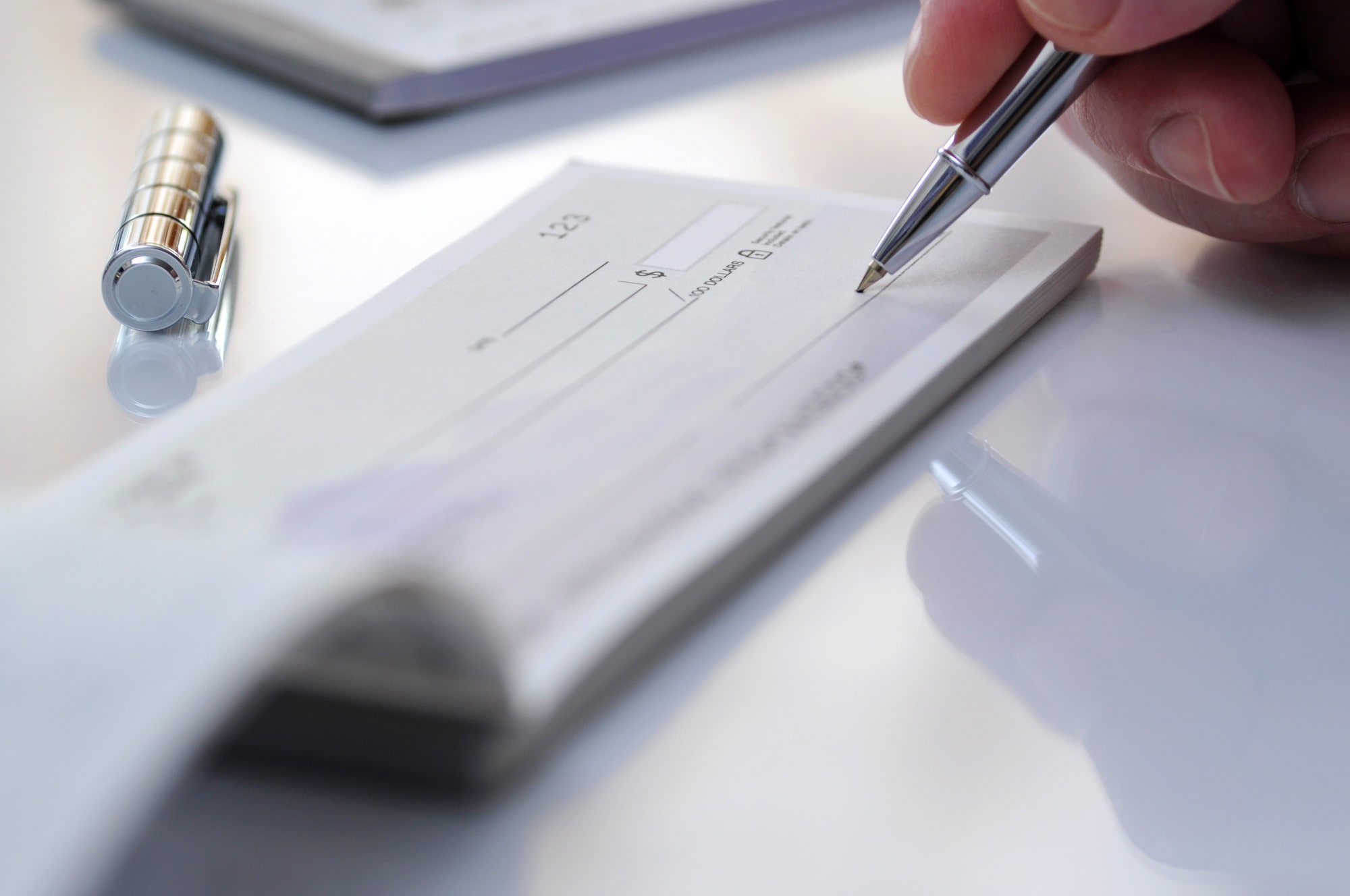As a landlord, it can be difficult to know how much to charge your tenants. You can look up the average rent in Salt Lake City, which is $1,112 for a one-bedroom, however, this doesn't include the cost of liability.
If you are wondering how to protect your rental property, then you need to charge a security deposit.
Get started by reading the 5 things you can't miss about security deposits.
1. Security Deposits are Imposed to Protect Landlords
The first thing you should know about investing in property is that there are risks involved. Luckily, there are many ways to protect yourself and your assets.
Security deposits are put in place to guard you against paying for damages to your rental or cover the cost of a vacant rental if a tenant breaks their lease early. Therefore, even if you take advantage of tenant background checks, you still need to add a deposit to your lease agreement.
2. There May Be a Deposit Limit
The location of your property will determine how much of a deposit you can charge. Some states, like Utah, don't have set deposit limits. But, this doesn't mean that you should ask the renter to deposit a large sum.
Instead, evaluate the cost of potential damages and consider the rent amount. Most landlords charge one to two months rent deposit to cover if the tenant breaks the lease without paying rent. This standard process allows you to find a new renter without losing money.
3. Deposits Must Be Returned By a Certain Date
While deposits protect your property investment, they aren't yours to keep unless certain situations occur. If your tenant doesn't break any policies on the lease, then you need to return their deposit.
The deadline to return deposits changes according to state laws. For example, Salt Lake City requires that deposits are returned by 30 days after the lease ends.
4. Agreements Must Include Deposit Amounts
To ensure that your real estate is protected, you need to include deposit amounts, conditions, and policies on your lease agreement. Never make a verbal agreement with your tenants to return deposits.
Also, include an itemized checklist on your agreement after walking through the rental with your tenant. Mark any damages to make sure the renter isn't responsible for the current condition of the rental. Both parties need to sign the inspection list and include it with the lease.
5. Items Can Be Deducted From the Deposit at the End of a Lease
Either right before or right after the tenant leaves your property, you need to inspect the rental again. Note any new damages to the unit which can be deducted from the deposit amount. Other possible deductions include:
- Cleaning costs
- Owned rent
- Unpaid utilities
- Fees for early lease termination
A receipt with an itemized deduction list should be sent to the tenant along with the amount of deposit owed to them.
Get Help Managing Security Deposits
Managing monthly rent collections is only one of your financial responsibilities. You also need to keep tenants' security deposits secure. Using a professional service like Maxfield Property Management can help you manage your profits and keep deposits separate.
Contact us today to find a property management service that fits your needs.






